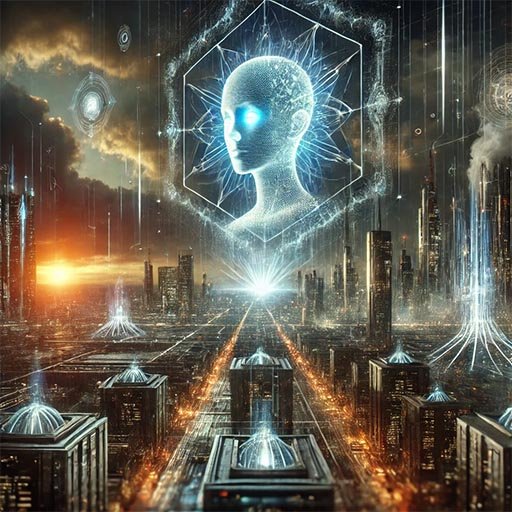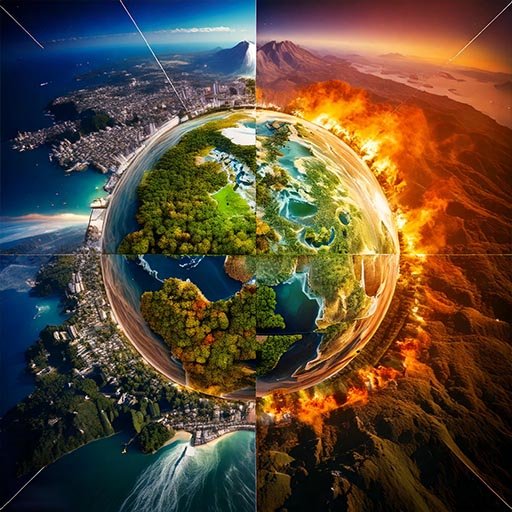
The Earth is constantly evolving, but recent shifts in our environment are more rapid and severe than ever before. From melting ice caps to widespread species extinction, scientists around the world are deeply concerned about these dramatic changes. These shifts not only threaten ecosystems but also hold dire implications for human survival. Here’s a look at the top 10 most alarming changes on Earth that are keeping scientists up at night and why they should scare us too.
1. Accelerated Ice Melt in Polar Regions – The Disappearing Ice
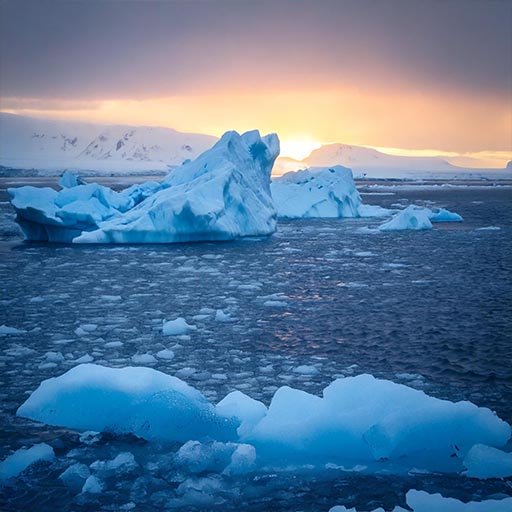
Polar ice caps are melting at an unprecedented rate, with both the Arctic and Antarctic losing billions of tons of ice annually.
- Why it’s terrifying: As ice melts, sea levels rise, endangering coastal cities and communities. This melting also disrupts marine ecosystems and reduces habitats for polar animals. Scientists are particularly worried about “feedback loops,” where melting ice accelerates further warming, creating a cycle that may soon become unstoppable.
2. Extreme Weather Events – The New Normal
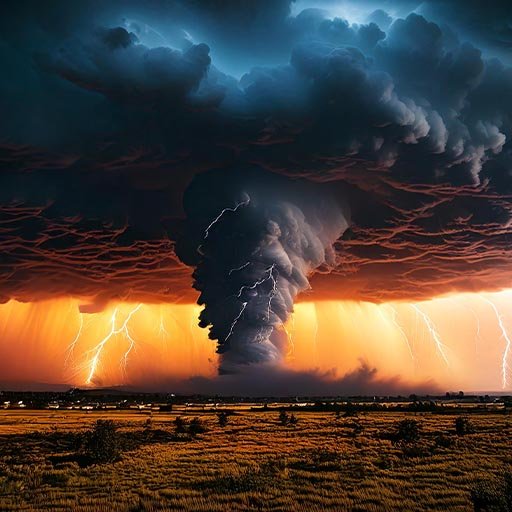
Hurricanes, droughts, wildfires, and floods are occurring with increased frequency and intensity worldwide.
- Why it’s terrifying: Extreme weather disrupts communities, displaces people, and causes billions in damage. The frequency and strength of these events hint at underlying shifts in Earth’s climate systems. Some scientists worry that our planet’s atmosphere may be entering a state of chaos that could destabilize global weather patterns entirely.
3. Ocean Acidification – The Death of Marine Life

Rising carbon dioxide levels are causing oceans to become more acidic, harming marine ecosystems.
- Why it’s terrifying: Acidic waters weaken coral reefs and shellfish, which serve as the foundation of marine food chains. As these ecosystems collapse, the effects ripple through the food web, potentially leading to large-scale declines in marine biodiversity and disrupting fishing industries that millions depend on.
4. Permafrost Thawing – The Methane Time Bomb
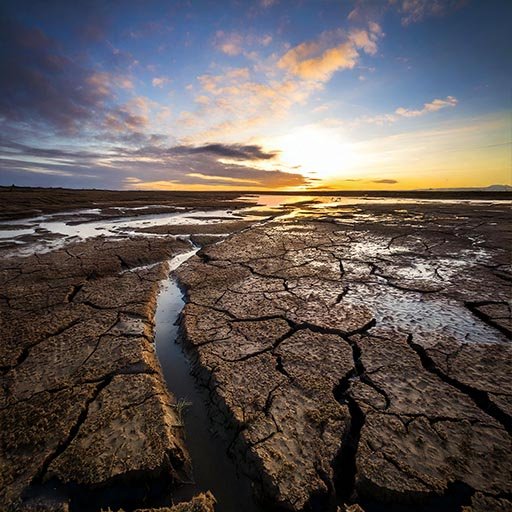
Permafrost, the frozen ground in Arctic regions, is thawing faster than expected.
Why it’s terrifying: Thawing permafrost releases massive amounts of methane, a greenhouse gas far more potent than carbon dioxide. This process could lead to an acceleration of global warming, with catastrophic impacts on global temperatures, weather patterns, and ecosystems.
5. Mass Extinction – The Sixth Great Extinction
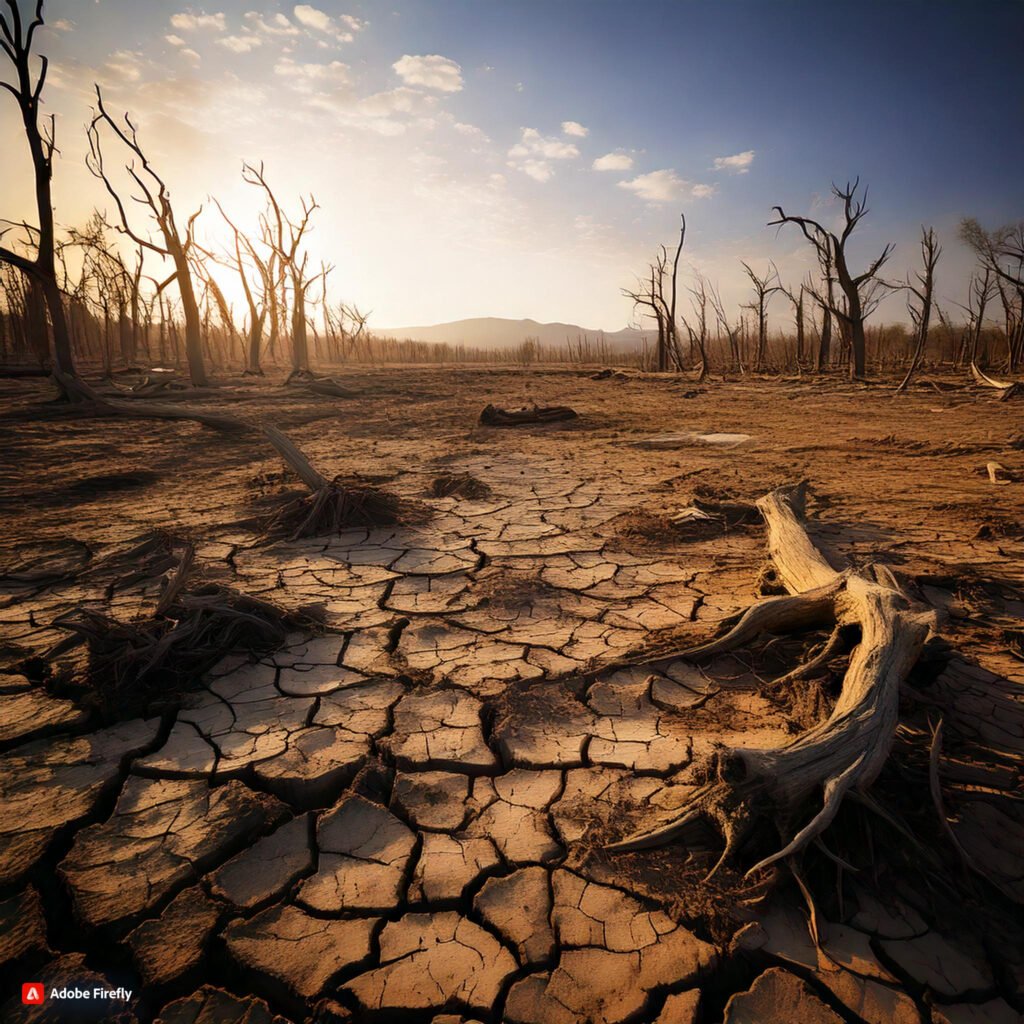
Species are disappearing at rates 1,000 times faster than natural extinction rates, leading to what scientists call the “Sixth Mass Extinction.”
- Why it’s terrifying: The loss of biodiversity weakens ecosystems and reduces resilience to environmental changes. When species go extinct, entire ecosystems can collapse, jeopardizing the food security, natural resources, and health of human populations that rely on these ecosystems.
6. Decline in Pollinators – A Threat to Food Security
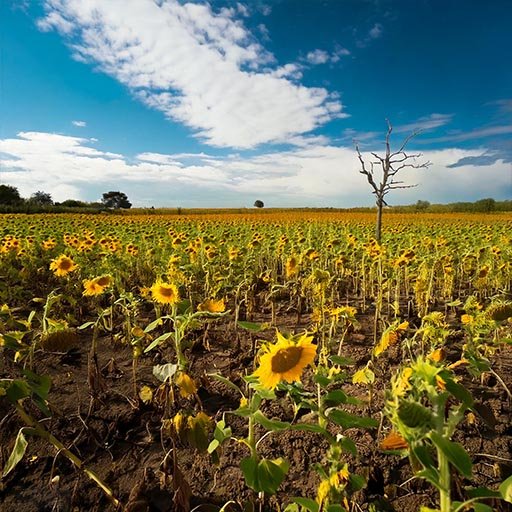
Bees, butterflies, and other pollinators are rapidly declining due to pesticides, habitat loss, and climate change.
Why it’s terrifying: Pollinators are essential for producing the food we eat. With a sharp decline in pollinators, global food production is at risk, which could lead to widespread food shortages, increased prices, and economic instability.
7. Coral Reef Bleaching – The Dying Reefs
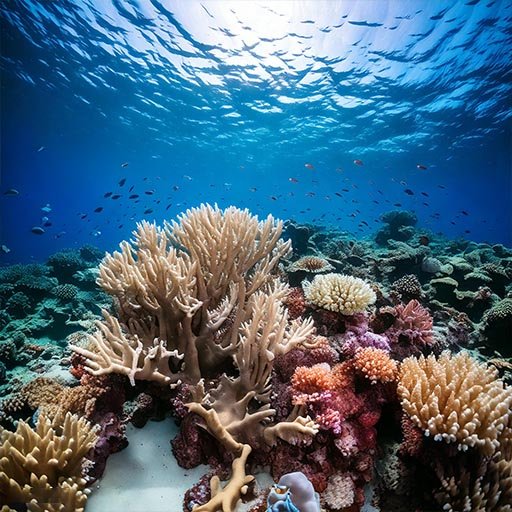
Coral reefs, vital for marine biodiversity, are experiencing massive bleaching events due to warming waters.
- Why it’s terrifying: Coral reefs support a quarter of all marine species, and their loss threatens countless marine creatures and communities that rely on fishing and tourism. The death of coral reefs would result in devastating biodiversity loss and economic hardships for millions of people.
8. Plastic Pollution – A Tidal Wave of Waste
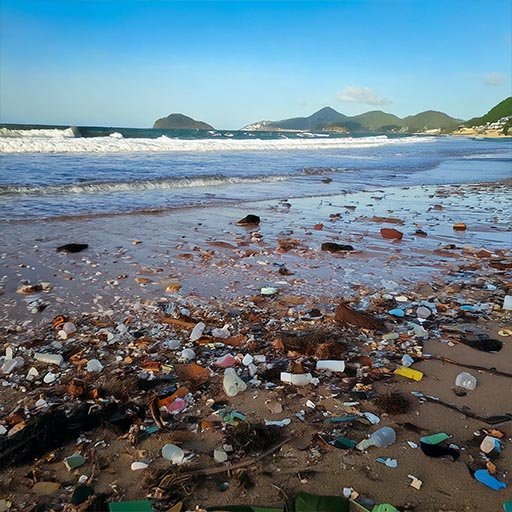
Our oceans and lands are filling up with plastic waste that takes hundreds of years to decompose.
- Why it’s terrifying: Microplastics are now found in water, soil, and even the air we breathe, posing unknown health risks to humans and animals. This pollution also disrupts marine and terrestrial ecosystems, with plastic waste killing millions of animals each year.
9. Desertification – Turning Green Lands to Dust
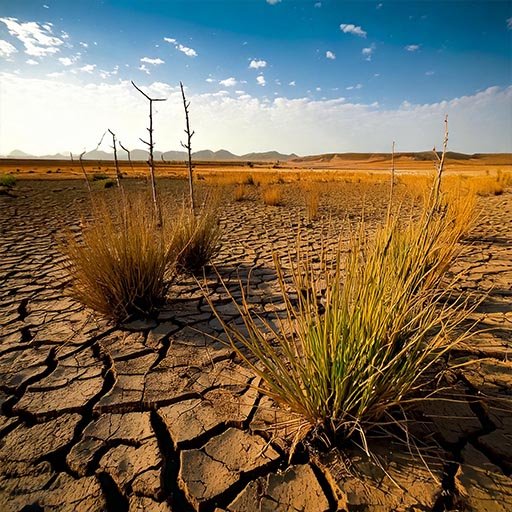
Large areas of productive land are turning into deserts due to deforestation, overgrazing, and climate change.
- Why it’s terrifying: Desertification affects food production and water availability, impacting nearly 3 billion people globally. As fertile land disappears, food and water scarcity become critical issues, leading to potential conflicts and mass migrations.
10. Rising Sea Levels – The Drowning Coastlines
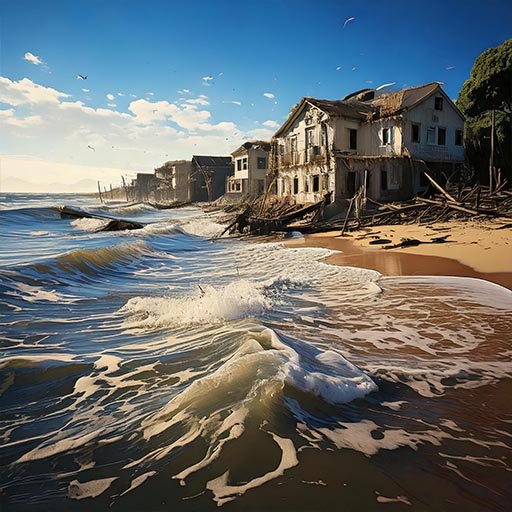
Sea levels are rising faster than anticipated, threatening coastal cities and island nations.
Why it’s terrifying: Rising sea levels could displace millions of people, submerge entire cities, and destroy infrastructure. Coastal flooding is already affecting major urban areas, and experts warn that without intervention, many coastal regions could become uninhabitable in the coming decades.
Conclusion:
These changes are unsettling signs that Earth’s ecosystems are in distress. While the implications may be terrifying, they also serve as a powerful reminder of the urgent need for action. Scientists and environmentalists are calling for immediate measures to mitigate climate change, protect biodiversity, and reduce pollution. As individuals, communities, and nations, we can contribute to positive change and work together to secure a healthier, more sustainable future for our planet.




